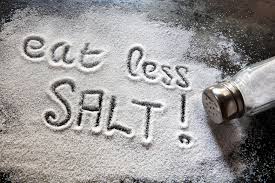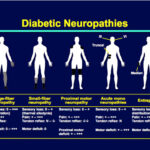Though essential, there are many bad effects with salt when taken in large amounts over a long period of time. The kidneys cannot get rid of this in time which leads to water retention, hypertension ( raised blood pressure) and studies have shown this is also important in development of osteoporosis among women even with normal calcium levels.
Processed or canned food contain salt in plenty. These may not taste salty.
Fat free or low fat food usually have high sodium content.
Tricks to give a salty taste without really adding salt are to use vinegar or to squeeze lemon on to the dish.
Rock salt gives the taste of salt but is very low on sodium content.
Sodium content in some commonly used foodstuff:
- A teaspoon of light soya sauce has 365 mg salt.
- Dark soya sauce has 200 mg in a teaspoon
- Reduced salt soya sauce has 185 mg in a teaspoon.
- A small cup of French fries has between 200 to 400 mg salt.
- Chicken rice has a whooping 1290 mg salt !!
- A glass of milk (250 ml) has 80-120 mg salt.
Did you know?
One level teaspoon of salt is the equivalent of 2300 mg of sodium
Reducing the salt by 3000 mg a day can reduce the risk of developing a heart event , stroke and death by any cause by phenomenal percentages.
Salt is seen in these forms. Look for these on the nutrition labels.:
• Monosodium glutamate
• Disodium phosphate
• Sodium citrate
• Sodium nitrite
• Sodium nitrate
• Sodium benzoate
• Sodium ascorbate
• Baking powder
• Baking soda
These are salty…….
- Salt and seasoned salt (or salt seasonings)
- Boxed mixes of potatoes, rice, or pasta
- Canned meats
- Canned soups and vegetables (with salt)
- Cured or processed foods
- Ketchup, mustard, salad dressings, other spreads and canned sauces
- Packaged soups, gravies, or sauces
- Pickled foods
- Processed meats: lunch meat, sausage, bacon, and ham
- Olives
- Salty snack foods
- Monosodium glutamate or MSG
- Soy and steak sauces













